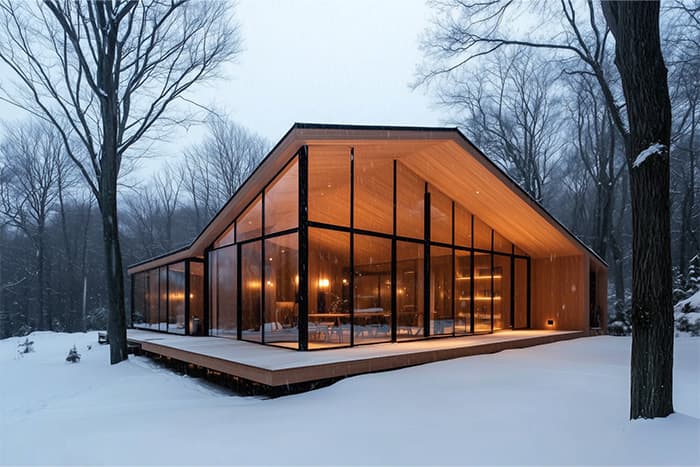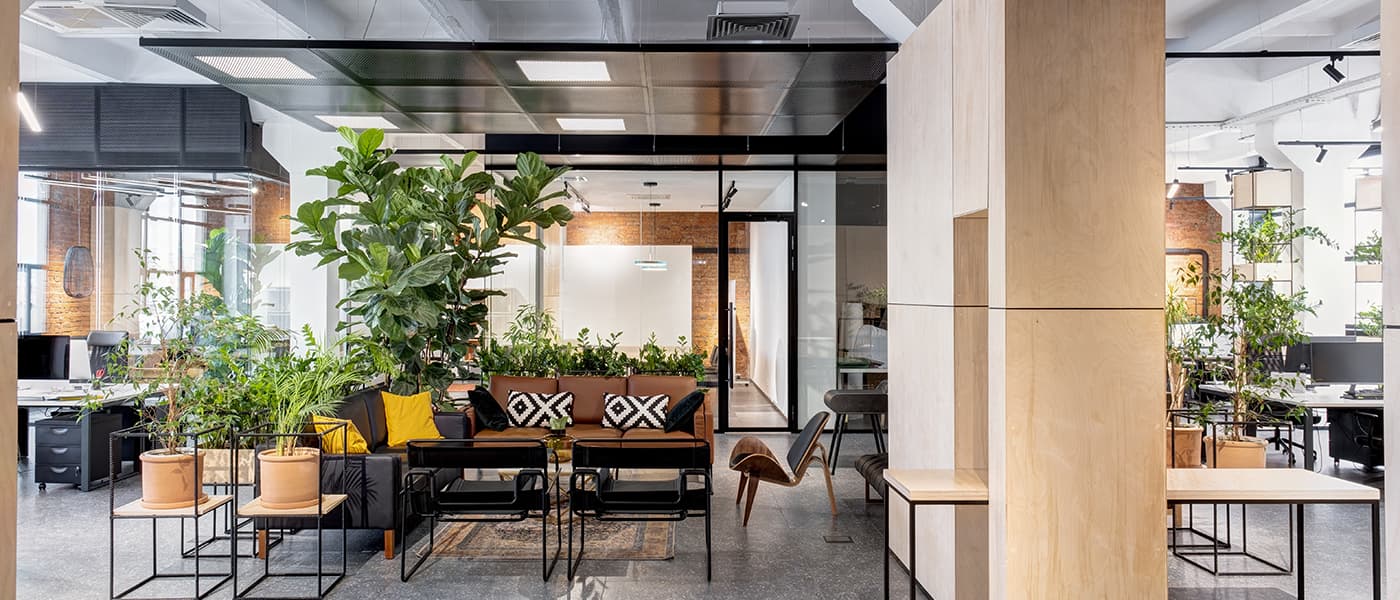
Commercial Space Optimization: Tips for Your Property
Written on January 24th, 2025 | Updated on October 1st, 2025
How you make use of your commercial property can influence its appeal to potential tenants. Making the most of your available space can help businesses optimize their productivity, which can influence their overall satisfaction with your property and build a strong tenant-landlord relationship.
Why Does Commercial Space Optimization Matter?
Imagine working in an office that isn’t designed with your operational needs in mind. The layout isn’t conducive to smooth workflows, you’re separated by clunky cubicles or sectioned off in rooms and there’s not enough storage to get organized.
That could spell disaster for different kinds of businesses. Anticipating potential tenants’ needs also allows you to create a generalized design that suits possible growth. That flexibility helps you meet the changing demands of different industries and ensure consistent occupancy.
5 Tips for Commercial Space Optimization
#1: Assess Space Utilization
The first step in executing efficient space optimization is evaluating the current configuration of your commercial properties. Identify underused or overcrowded areas and implement design changes to make the property more functional.
Assess how tenants might move within a property and how different industries’ workflow requirements will influence the layout of your commercial property. That may require you to alter the floor plan, utility use and energy consumption of your assets, too.
#2: Implement Smart Layout Planning and Furniture Arrangement
Be mindful of avoiding bottlenecks that disrupt daily operations. Look for elements like narrow hallways, poorly positioned entry and exit points, inadequate signage and poor tenant mixing.
Embracing an open floor plan reduces physical barriers and accommodates different workstation configurations. That allows tenants to make efficient use of the available square footage. Furniture placement also influences the functionality of a commercial space. Strategically placing shelving, desks and displays will directly impact how people move through an area, which can be problematic in high-traffic spots like entrances.
#3: Adopt Flexible Design Solutions
Your tenants’ needs may change over time. Providing adaptable design elements lets them adjust the layout to suit their needs, whether they’re growing or condensing operations. That also reduces the need for costly renovations.
Here are some suggestions:
- Multi-functional and modular furniture
- Moveable partitions and walls
- Adaptive lighting and HVAC systems
- Multi-purpose spaces
- Pre-installed technology setups
#4: Design Collaborative Areas
It’s important to create designated zones for various operations in a commercial space based on the type of work and associated tasks. Optimizing available square footage can foster interaction, productivity and tenant satisfaction.
Many industries prioritize collaborative environments, so including open floor plans, shared conference rooms and breakout areas can attract renters. Hybrid work environments also require room for remote staff to come together in a group setting. Tenants could easily reconfigure those types of design elements as their business develops and changes.
#5: Utilize Vertical Storage Solutions
An effective way to maximize unused overhead space is to install vertical storage. Doing so makes a commercial property feel more spacious and enhances its aesthetic appeal. Organization solutions also improve accessibility and reduce clutter, which could negatively affect workflows. Providing ample storage also helps your tenants eliminate the cost of leasing extra square footage.
Vertical storage ideas include:
- Wall-mounted shelves
- Pegboards and slat walls
- Bookshelves
- Display walls
- Stacked storage units
Let DRK and Company Refine Your Commercial Space
Whether you’re looking for a new commercial real estate investment property in Columbus, Ohio, or need assistance managing your portfolio, the experts at DRK and Company can help. Learn about our services and contact us to schedule a consultation.


